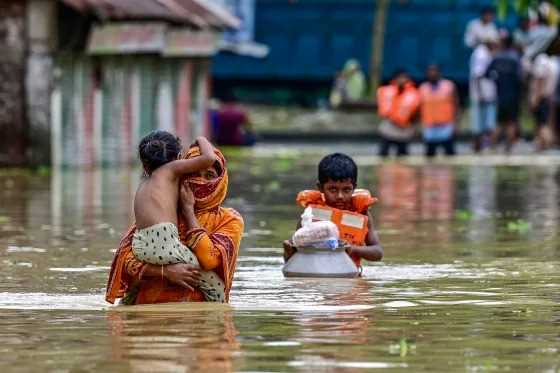
Agathe Meyer
Zim Now Writer
Water has begun to recede in low-lying areas of Bangladesh, following devastating floods that forced more than 300,000 people into shelters, according to local authorities.
“The situation is improving as the water is starting to recede,” said Faruk-e-Azam, Minister for Natural Disasters. “We are now working to restore communications in the affected areas in order to distribute food supplies.”
Related Stories
The floods, triggered by heavy monsoon rains, have claimed the lives of at least 42 people in Bangladesh and India since the start of the week, many of them in landslides.
“We are also taking measures to prevent the spread of contagious diseases,” the minister added.
More than 307,000 people in Bangladesh remain in emergency shelters, while 5.2 million people have been affected by the floods. Bangladesh, a low-lying country with a population of 170 million, is criss-crossed by hundreds of rivers, and much of its territory is formed by the deltas of the great Himalayan rivers, the Ganges and the Brahmaputra.
Access to flooded districts is complicated by damage to highways and railroads linking the capital, Dhaka, to Chittagong, the main port city, disrupting economic activity.
Bangladesh is one of the countries most vulnerable to climatic disasters. Monsoon rains cause considerable damage every year, and global warming is only exacerbating their intensity and frequency.


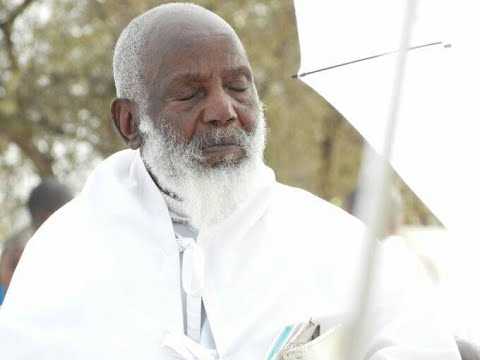

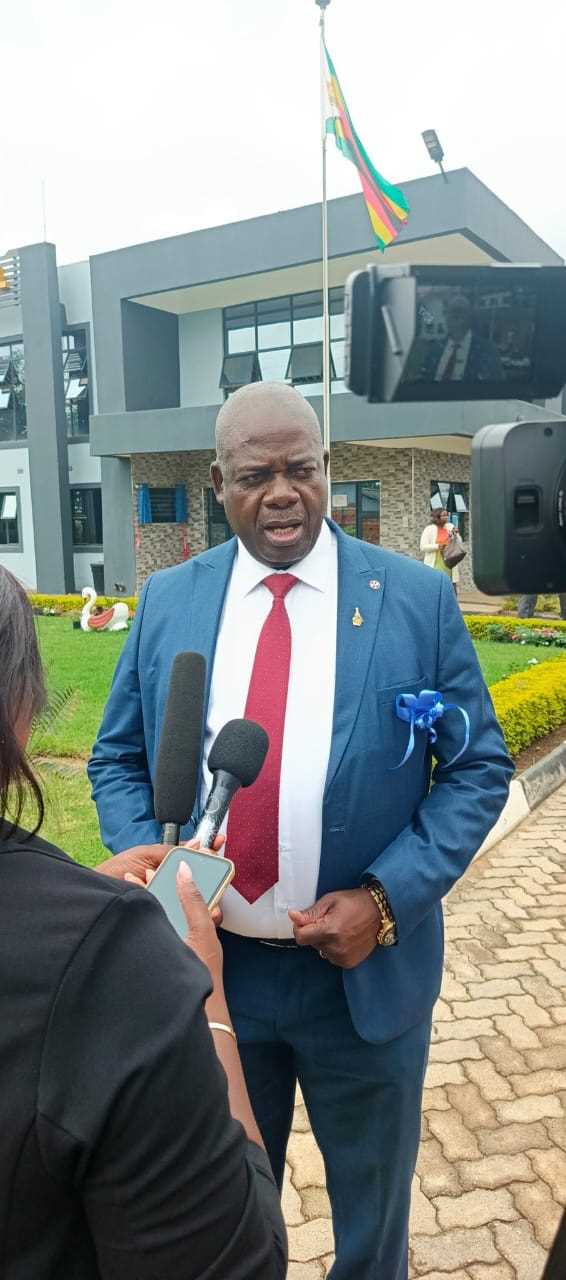







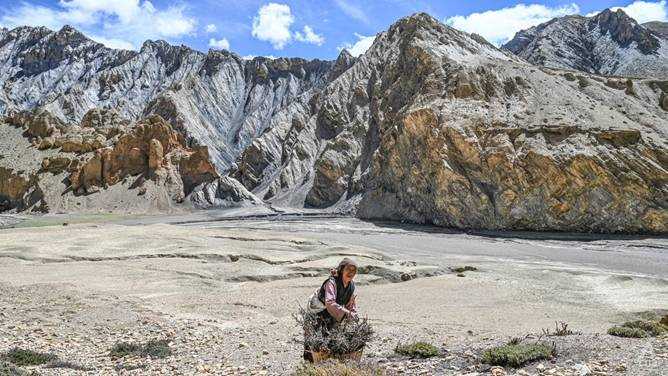


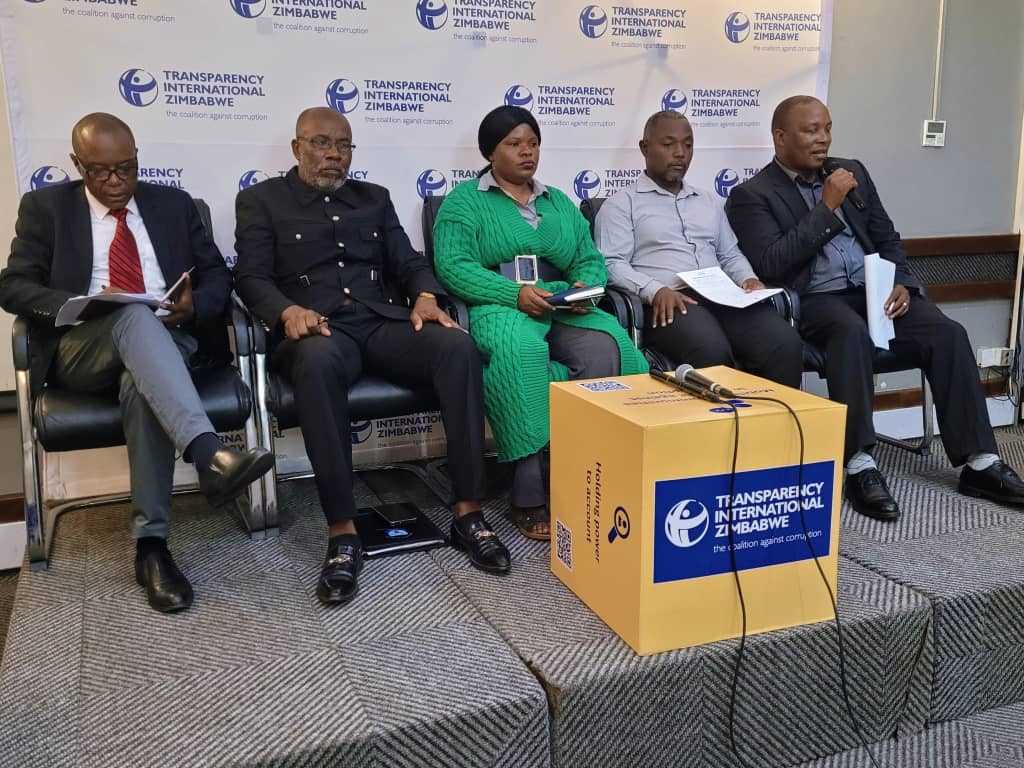
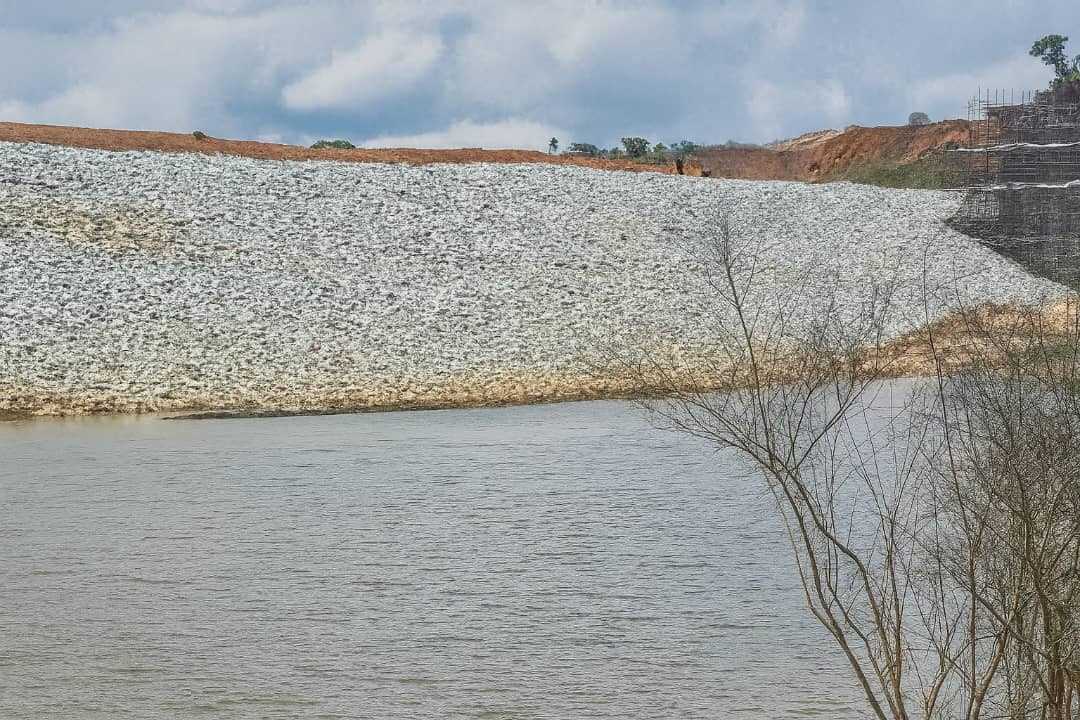



Leave Comments